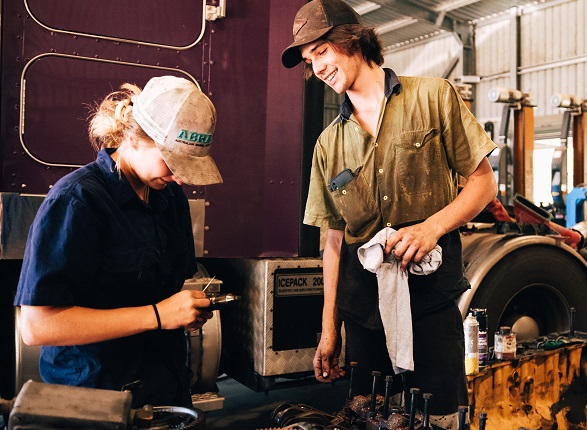Recently released data by the Australian Bureau of Statistics (ABS) reveals an increase of 0.2 percent to the unemployment rate, rising from December’s rate of 3.5 per cent to January’s rate of 3.7 per cent.
Bjorn Jarvis, ABS head of labour statistics said that: “This was the second consecutive monthly fall in seasonally adjusted employment but followed very strong growth during 2022.
“While the employment to population ratio fell between December and January, down 0.2 percentage points to 64.0 per cent, it was still 0.5 percentage points higher than January 2022 and 1.6 percentage points higher than March 2020,” Mr Jarvis said.
Coupled with a larger-than-usual increase in unemployed people in January, a larger-than-usual rise in the number of unemployed people have a job to transition to.
“January is the most seasonal time of the year in the Australian labour market, with people leaving jobs but also getting ready to start new jobs or return from leave. This January, we saw more people than usual indicating they were starting or returning to work later in the month,” Mr Jarvis said.
The seasonally adjusted participation rate fell 0.1 percentage point to 66.5 per cent in January, down from the series high of 66.8 per cent in mid-2022.
The monthly hours worked decreased by 2.1 per cent, which saw a higher-than-usual number of people taking annual leave in January. This affected the participation rate which fell 0.1 percentage points to 66.5 per cent, down from the series high of 66.8% in mid-2022.
“Early January is the seasonal peak in people taking annual leave. As in 2021 and 2022, January 2023 again saw more people than usual taking annual leave. Around 43 per cent of employed people worked reduced or no hours because they were on leave, compared with around 41 per cent of employed people over the same period before the pandemic,” Mr Jarvis further stated.
In January 2023, the proportion of people away from work on sick leave was back around the average, pre-pandemic level, unlike January 2022, when more people than usual were away from work on sick leave.
At the end of 2022, an Ai Group survey found that ninety per cent of businesses expect to be affected by staffing shortages in 2023, which Ai Group’s Chief Executive, Alan Willox, said would be most keenly felt in higher-skilled occupations “but are evident across all skill levels, industries and geographic locations”.
The survey conducted by Australian CEO’s found that rising operation costs, skills shortages and supply-chain issues were the biggest concerns for Australian businesses at this time. As well, 90% of CEOs stated they expected to be affected by staff shortages in 2023.
Paul Miles, Managing Director of The BUSY Group stated: “As 2023 kicks off with the continued theme of skills and staff shortages, organisations like The BUSY Group will be crucial in supporting Australian businesses to attract, retain and skill their staff. There are a range of Australian Government-funded programs and incentives for businesses to tap into. These include apprenticeship support services, employment programs and vocational skills training for industry.
“The BUSY Group has a large database of job seekers that we work closely with to become job-ready, and we can support them into roles with ongoing and relevant vocational training support – allowing businesses to future-proof the skills in their business,” Paul further stated.
To find out more visit www.busyatwork.com.au
Source: Australian Bureau of Statistics

